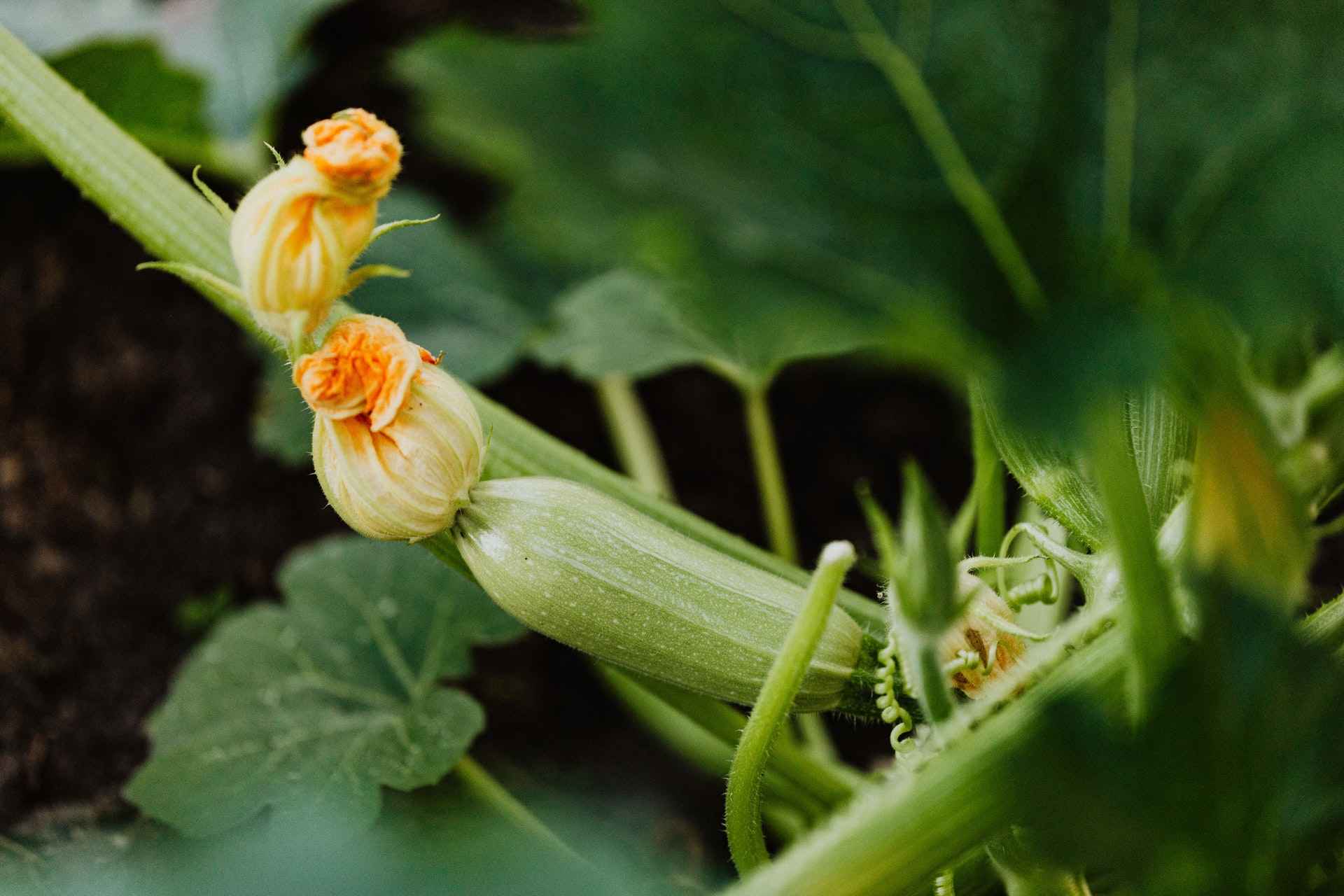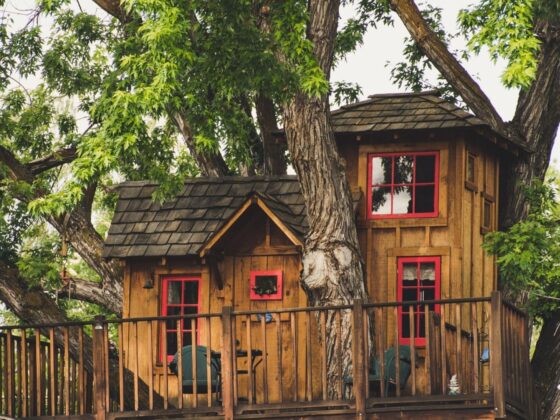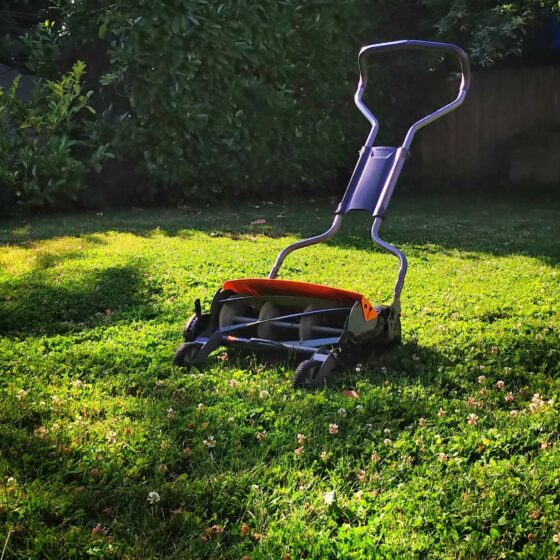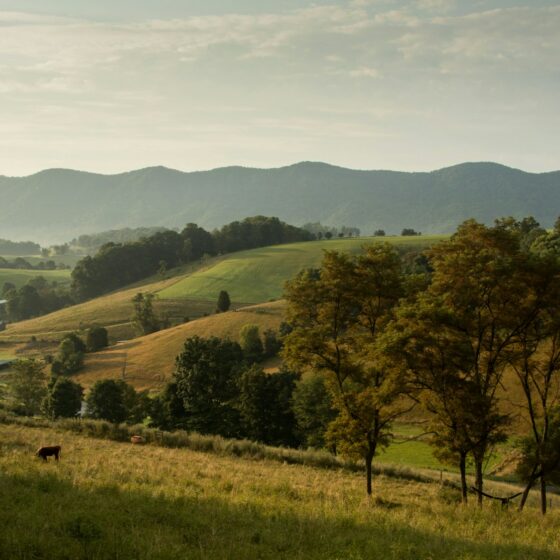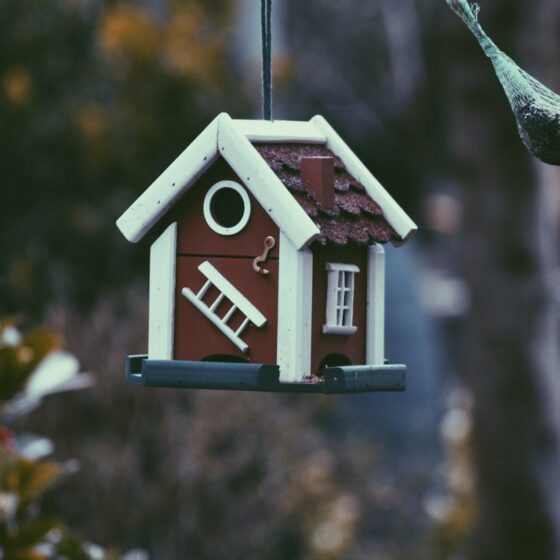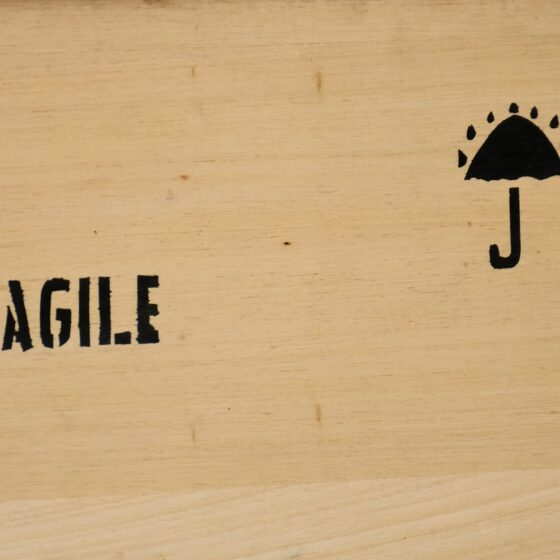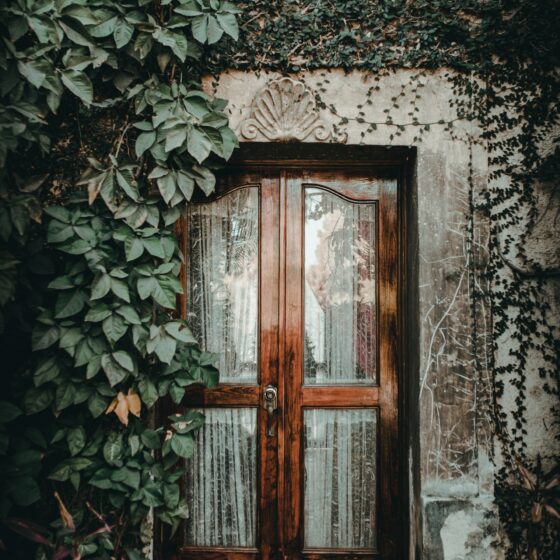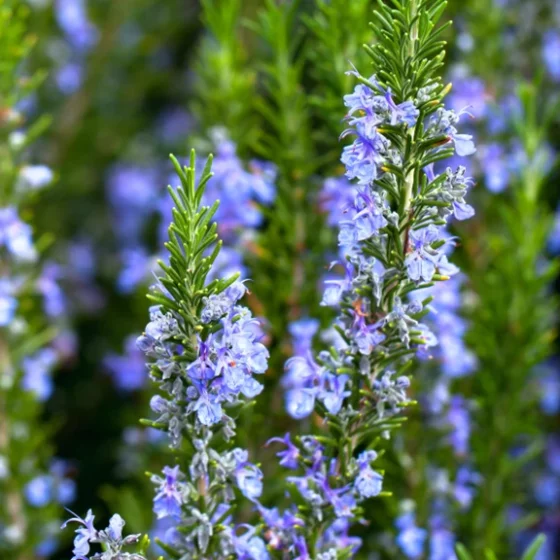Do you love zucchini? Did you know that you can grow this delicious vegetable even if you don’t have a big garden? It’s true! Zucchini is a great choice for container gardening.
In this detailed guide, you’ll find out everything you need to know about growing zucchini in pots. We’ll provide you with all the information you need to get started, including tips on soil preparation, watering, and fertilizing.
So what are you waiting for? Get started today and enjoy fresh zucchini all summer long!
Choosing the Right Zucchini Variety
Before you get to our precious tips on how to grow zucchini in a pot, you need to know that there are two types of zucchini: bush and vine. The bush variety grows in a compact shape, while the vine variety needs more space.
Therefore, bush-type zucchini varieties are a good choice if you are growing zucchini in a pot. Some of the best options for this type of gardening include:
- Gold Rush: This variety is known for its high yields and has a light-yellow skin. It’s also one of the earlier-ripening types, so you can start harvesting it around 55 days after planting.
- Black Beauty: With its dark green skin and high yields, this is a great option for growing zucchini in containers. It’s one of the later-ripening varieties, so you can wait a little longer to harvest it.
- Eight Ball: This variety is perfect for smaller gardens, as it only grows to about six inches in length. It has a dark green skin and a sweet flavor.
- Spacemiser: This variety is a hybrid that’s resistant to a number of different diseases. It produces high yields and has a dark green skin.
When choosing a variety to grow in a pot, be sure to consider the size of the pot you’re using and how long you want to wait before you can start harvesting. If you have a small pot, choose a smaller variety like Eight Ball. If you want a variety that’s resistant to disease, Spacemiser is a good option. And if you want an early-ripening variety, Gold Rush is a good choice.
Here are some other varieties that we also recommend for growing in containers:
- Astia
- Cube of Butter
- Emerald Delight
- Raven
- Silver Bush
- Verde di Milano
Picking the Right Container
When growing zucchini in a pot, it’s important to choose the right pot size so that the plant has enough space to grow and the soil can drain properly.
If you choose a pot that is too small, the roots will become cramped and the plant will not be able to produce as many zucchini fruits. If you choose a pot that is too large, the plant will take up too much space and may not produce as many fruits. A pot that is about 18 inches wide and 12 inches deep is a good container size for a zucchini plant.
You will also need to provide adequate drainage for the plant, so be sure to use a container with drainage holes. A pot with good drainage will help prevent waterlogging, which can lead to root rot and other diseases.
Soil Requirements
When it comes to planting zucchini in pots, one of the most important factors to consider is the type of soil you’ll be planting in. Zucchini thrive in rich, fertile soil that’s high in organic matter.
A good choice is a potting mix made from organic materials like sphagnum peat moss and coconut coir, which help to retain moisture while still allowing the soil to drain properly. It should also contain compost, which will provide essential nutrients for the zucchini plant.
Light Requirements
When choosing a location to grow your zucchini, make sure to pick a spot that receives plenty of sunlight. Zucchini needs at least six hours of sunlight per day to grow properly. You can also place your pot in a spot that gets some shade in the afternoon, if necessary.
Providing Support
Zucchini does not necessarily need a trellis when grown in pots, but it can help to provide some extra support, especially if you opt for a vining zucchini variety. This will help keep the plant upright and make harvesting easier.
Zucchini plants can grow quite large, so providing some type of support will be helpful. If you do not have a trellis or other type of support available, you can use a wire fence or some other type of structure. Be sure to provide enough space between the zucchini plant and the support so the plant can grow freely.
Sowing
Don’t sow seeds too early, or they may not germinate. The best time to sow zucchini seeds is when the soil temperature reaches at least 65 degrees Fahrenheit. In most climates, that’s usually in late spring or early summer.
Since frost can damage zucchini plants, gardeners in colder climates need to take precautions. Zucchini plants can be started indoors in pots six to eight weeks before the last expected frost date in your area.
Gardeners in warmer climates can sow seeds outdoors after all danger of frost has passed. Sow the seeds one inch deep and two to three inches apart in all directions. Zucchini plants grow quickly, so thin the seedlings to one every six inches when they are several inches tall.
Watering
When growing zucchini in containers, it’s important to water the plants regularly. They need plenty of water, especially when they are fruiting. Therefore, be sure to water the plant regularly, keeping the soil moist but not wet.
You can tell if the plant needs water by checking the soil moisture. If the top 2 inches of soil are dry, then it’s time to water. Overwatering can be just as harmful to zucchini plants as underwatering, so it’s important to find the right balance.
It’s also a good idea to water zucchini in the morning so that the leaves have time to dry before nightfall. This will help reduce the chances of fungal diseases.
Fertilizing
Zucchini plants prefer well-drained soil that is rich in organic matter. You can improve the soil quality by adding compost or manure to the pot before planting.
You should also fertilize zucchini plants regularly as they grow. In general, it’s a good idea to fertilize them every two weeks. Make sure to follow the instructions on the fertilizer package, and avoid over-fertilizing, which can damage the plants.
If you’re using a liquid fertilizer, mix it with water and pour it around the base of the plant. If you’re using a granular fertilizer, sprinkle it over the soil and gently rake it in. Be sure to avoid getting the fertilizer on the leaves, as it can burn them.
By feeding your zucchini plants regularly, you’ll ensure that they grow healthy and strong, and you’ll be rewarded with a bountiful harvest of delicious zucchini!
Mulching
Mulching is a great way to keep your zucchini plants healthy and looking good. By using mulch, you can help the soil retain moisture and suppress weed growth. In addition, mulching can improve the overall health of your plants by providing them with needed nutrients.
There are many different types of mulch that you can use, so be sure to choose one that will work well in your garden. Straw, leaves, and bark are all good options. Just be sure to keep the mulch several inches away from the base of the plants to avoid fungal problems.
Planting Companion Plants
Companion plants are plants that are grown around other plants to benefit them in some way. Some companion plants help to protect other plants from pests, while others help to fertilize the soil or keep it cool.
There are many plants that can act as companion plants for zucchini, and these can attract bees to help with pollination. Some good companion plants to try include nasturtiums, borage, mint, and lavender.
All of these plants have a strong fragrance that will attract bees and other pollinators. Having these companion plants nearby can help to improve the pollination of the zucchini flowers, and this can lead to better yields of fruit.
Also, basil is a great herb to have around, as it not only smells delicious, but also helps to repel pests from your zucchini plants.
Harvesting
Zucchini is a warm-weather crop that can be harvested when the fruits are about 6-8 inches long. In general, zucchini can be harvested any time after the flowers on the fruit have died off.
However, zucchini will be at its peak flavor and sweetness when it is harvested young. If you leave the zucchini on the vine too long, the fruits will become large and seedy. Zucchini can be stored in the refrigerator for up to a week.
Conclusion
Zucchini is a versatile vegetable that can be used in many different dishes. It’s also great in vegetarian dishes because it has a mild flavor that doesn’t overpower other ingredients.
So, if you’re looking for an easy way to get your hands on some delicious zucchini this summer, consider growing it in a pot. With just a little bit of care and attention, you can enjoy homegrown zucchini all season long!
FAQ
How many zucchinis can you grow in a pot?
Squash plants generally have big leaves and like to spread out. Therefore, it’s best to plant one zucchini per container, allowing for the roots to develop as well as the leaves to expand.
Can you grow zucchini in a 5-gallon bucket?
Yes, you can grow zucchini in a container as small as a five-gallon bucket. If you want to plant more than one zucchini plant, use a larger container. Zucchini plants like plenty of room to grow.
Does zucchini need a trellis?
Zucchini does not necessarily need a trellis to grow, but it can be helpful to provide some support for the plants if they are grown in a container. If you choose to use a trellis, make sure it is sturdy and tall enough to support the weight of the zucchini fruits. Growing zucchini vertically can also help to save space in a garden or container.
How many zucchini do you get from one plant?
A single zucchini plant can yield anywhere from one to twelve pounds of zucchini, depending on the size and age of the plant. Younger plants tend to produce smaller zucchinis, while older plants will produce larger fruit. If you want to get the most out of your zucchini plants, be sure to harvest them regularly!
How big of a pot do you need for zucchini?
When growing zucchini in pots, it’s important to choose the right pot size. A pot that is too small will not provide enough space for the plant to grow, while a pot that is too large will require more frequent watering and may be difficult to move around. For most people, a pot that is at least 12 inches in diameter and 12 inches deep will be ideal for growing zucchini.

